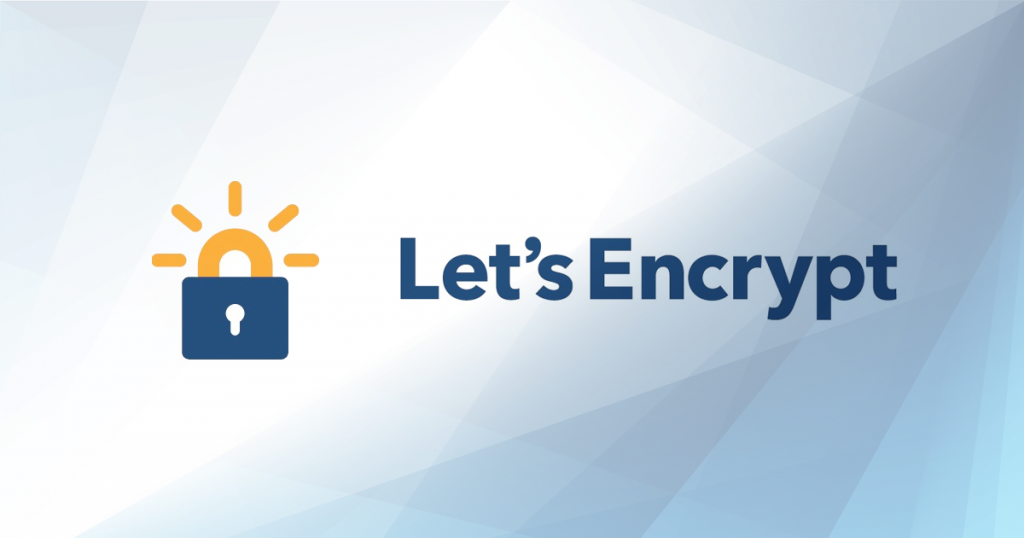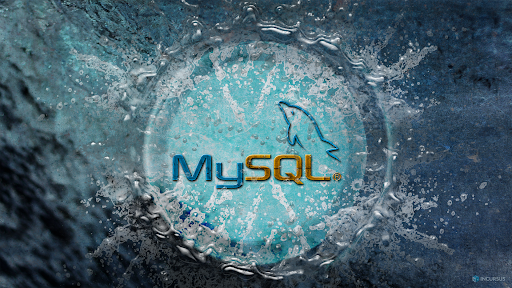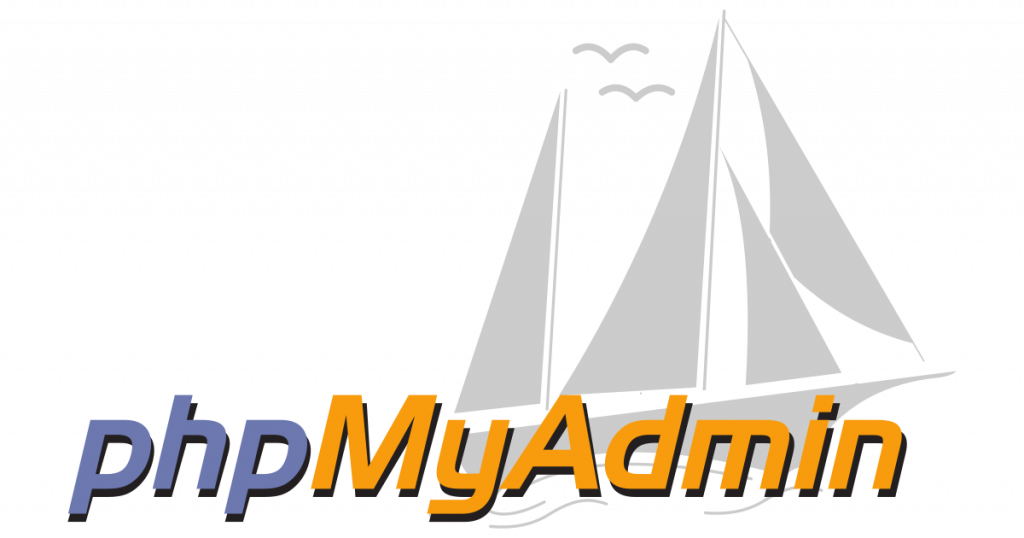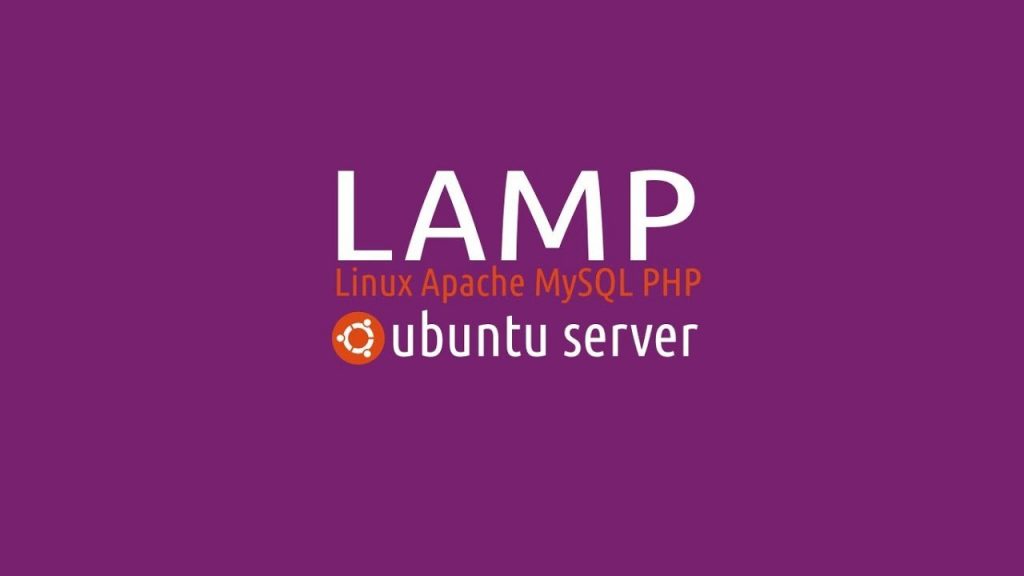Since the new version of Debian called Debian 11 ‘BullsEye’ is released on August 10th this year, it’s a common question for many users to know how to update their older Debian to newest version. The BullsEye is actually released after two long years of development, and is a stable release from developers to offer users with a long support for next 5 years. We have already mentioned various new improvements and features with the latest Debian 11, and in this article, we will learn how to upgrade from Debian 10 (Buster) to Debian 11.
How to upgrade Debian 10 to Debian 11
If you are still using Debian 10 or older versions on your machine, then it’s time to seek an easy upgrade, and the process is quite easy. Just follow the steps here:
Step 1: Backup all your important files
It’s a very common practice to backup all your important data before doing any changes on your machine, this easily helps you to keep your important data safe if something goes wrong during the changes on operating system. You can try various backup recovery tools for this purpose that makes the recovery process very easy.
Step 2: Update and upgrade all packages
In order to update all current packages and package list on your older Debian version, first check what OS release is active on your machine. Just run the following command:
cat /etc/os-release or cat /etc/debian_version

After we determined what version we have installed on system currently, we can update and upgrade all its packages through this command:
sudo apt update -y && sudo apt upgrade -y

Finally, it’s required to run the following command to that will upgrade the packages and all its dependencies with the new versions as well:
sudo apt dist-upgrade

Step 3: Update package repository
In order to perform the upgrade from Debian 10 to Debian 11, the next requirement is to update package repository on OS. The repositories are basically defined in /etc/apt/sources.list and /etc/apt/sources.list.d/ folder. So, what you need is just to replace ‘buster’ with ‘bullseye’. We can run the following command in order to accomplish this:
sudo sed -i 's/buster/bullseye/g' /etc/apt/sources.list
After the above mentioned modifications, find the following lines in sources.list file and replace the lines with the new ones.
deb http://security.debian.org/debian-security bullseye/updates main deb-src http://security.debian.org/debian-security bullseye/updates main
Replace with:
deb https://deb.debian.org/debian-security bullseye-security main contrib deb-src https://deb.debian.org/debian-security bullseye-security main contrib
After these alteration, the sources.list file should appear like one here mentioned:
deb http://deb.debian.org/debian bullseye main deb-src http://deb.debian.org/debian bullseye main deb https://deb.debian.org/debian-security bullseye-security main contrib deb-src https://deb.debian.org/debian-security bullseye-security main contrib deb http://deb.debian.org/debian bullseye-updates main deb-src http://deb.debian.org/debian bullseye-updates main deb http://deb.debian.org/debian bullseye-backports main deb-src http://deb.debian.org/debian bullseye-backports main
At last, we can run the following command to update the package lists to make the system aware of newly added repositories:
sudo apt update
Step 4: Upgrade your system (Minimal Upgrade)
While upgrading from Debian 10 to Debian 11, we have two options, either to upgrade with minimal upgrade packages, or to upgrade with full system upgrade. If we choose the full system upgrade, it will remove various packages from your system. Means, in case if you want to keep the packages active on your system, this option is not for you.
While, the second option called Minimal System upgrade includes all existing packages without installing the new ones. This easily helps you to keep all packages you want to keep. So, in order to perform minimal system upgrade, run the following command in terminal:
sudo apt upgrade –without-new-pkgs

While the upgrade process is on, a pop up may appear on screen asking you to restart the system services when libraries like libpam and libc are being upgraded. Just select ‘Yes’ and press Enter.

Step 5: Upgrade your system (Full Upgrade)
In case if you want to do full upgrade from Debian 10 to Debian 11, you should follow the instructions here. As we already mentioned, this option will remove all current packages and install the new ones, obvious it will turn the entire Debian 10 to Debian 11. Also, this will install the latest dependency packages to resolve related issues while minimal upgrade is performed.
Just run the following command:
sudo apt full-upgrade

During the upgrade, you might be asked to to choose what you would like to do with older files, like keeping the older version or install new ones, etc. just select what you prefer based on your requirements. The whole process may take some time depending on your system resources and internet speed.
After the system upgrade if completely done, it’s recommended to reboot your machine to take all changes in effects successfully.
sudo reboot
After the reboot, once you logged in to Debian machine, you can easily notice the upgrade and you are using Debian 11 BullsEye now. To verify the same, launch the terminal and run the following command like we did earlier:
cat /etc/os-release cat /etc/debian_version
Alternatively, we can also use lsb_release -a command in terminal, which will show the following output:

Final Words
Debian is widely known as one of the most stable Linux distribution. With the release of its latest version called Debian 11 ‘Bullseye’, it has included new features and will be supported for long next 5 years. If you want to upgrade from Debian 10 to the latest one, it can easily be processed in just 5 steps we discussed in this article. Do share this tutorial with your friends. If you have any question, you can click to Visit Our Discussion Board.

Nishant Verma is a senior web developer who love to share his knowledge about Linux, SysAdmin, and more other web handlers. Currently, he loves to write as content contributor for ServoNode.




